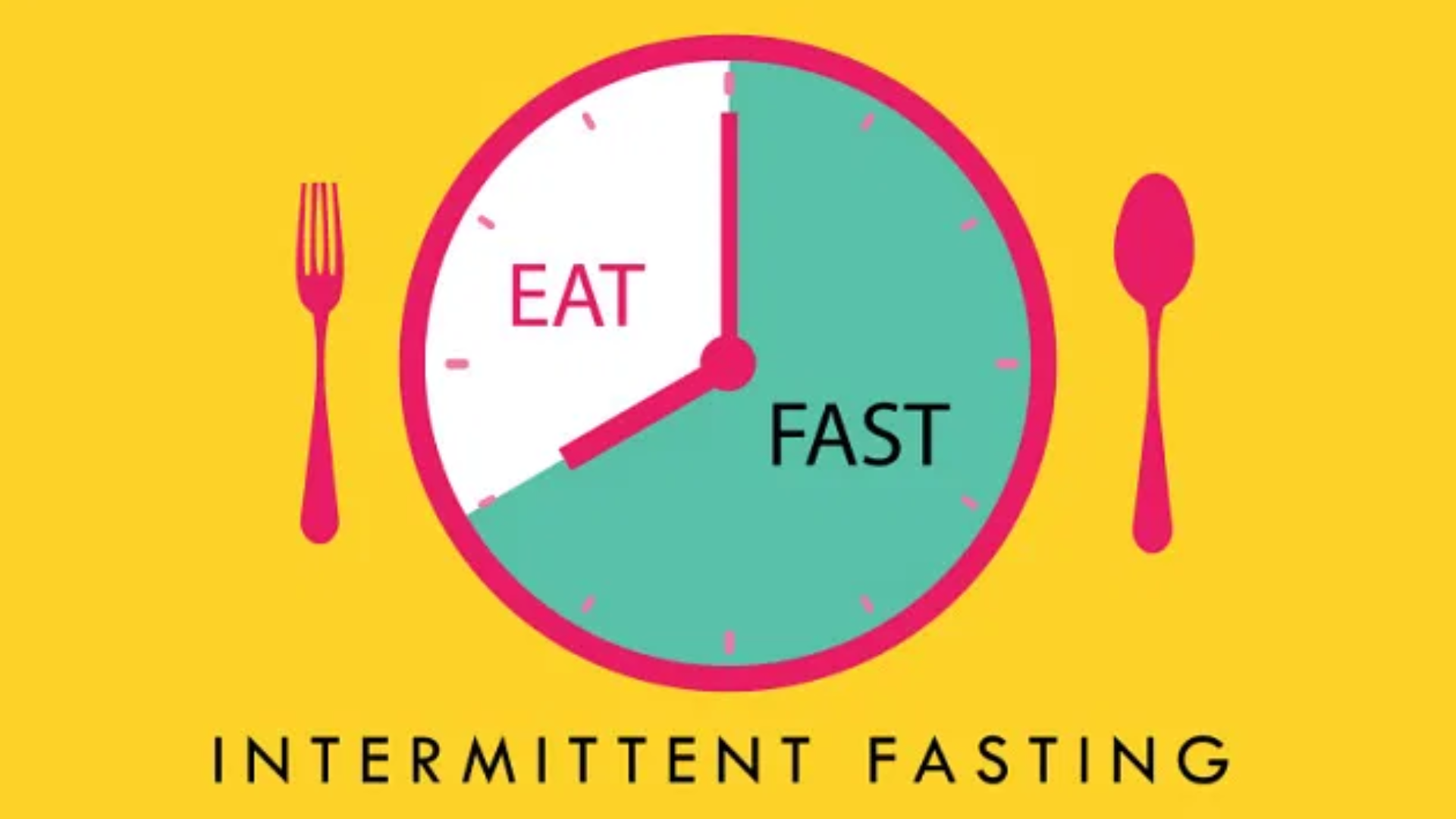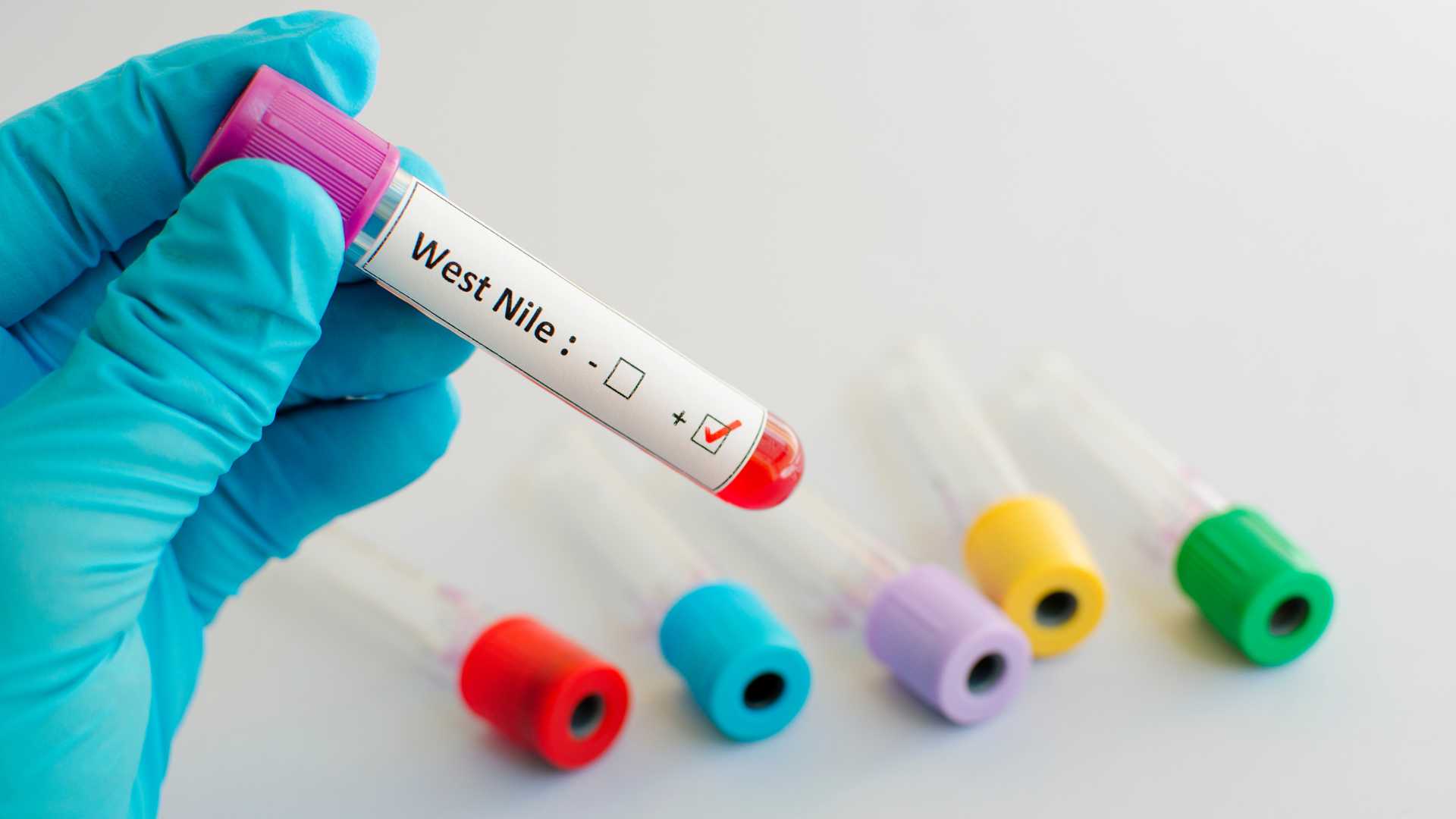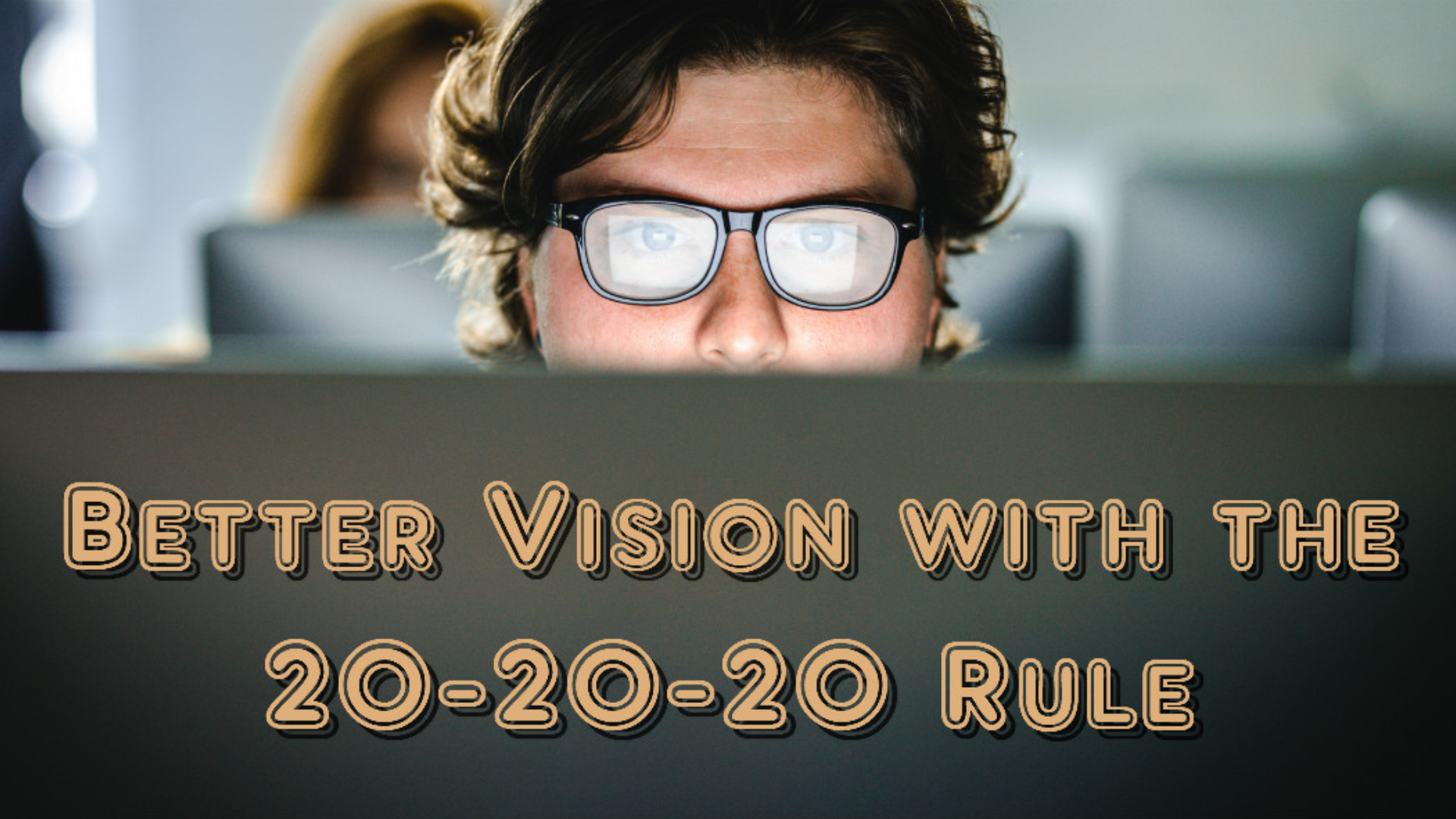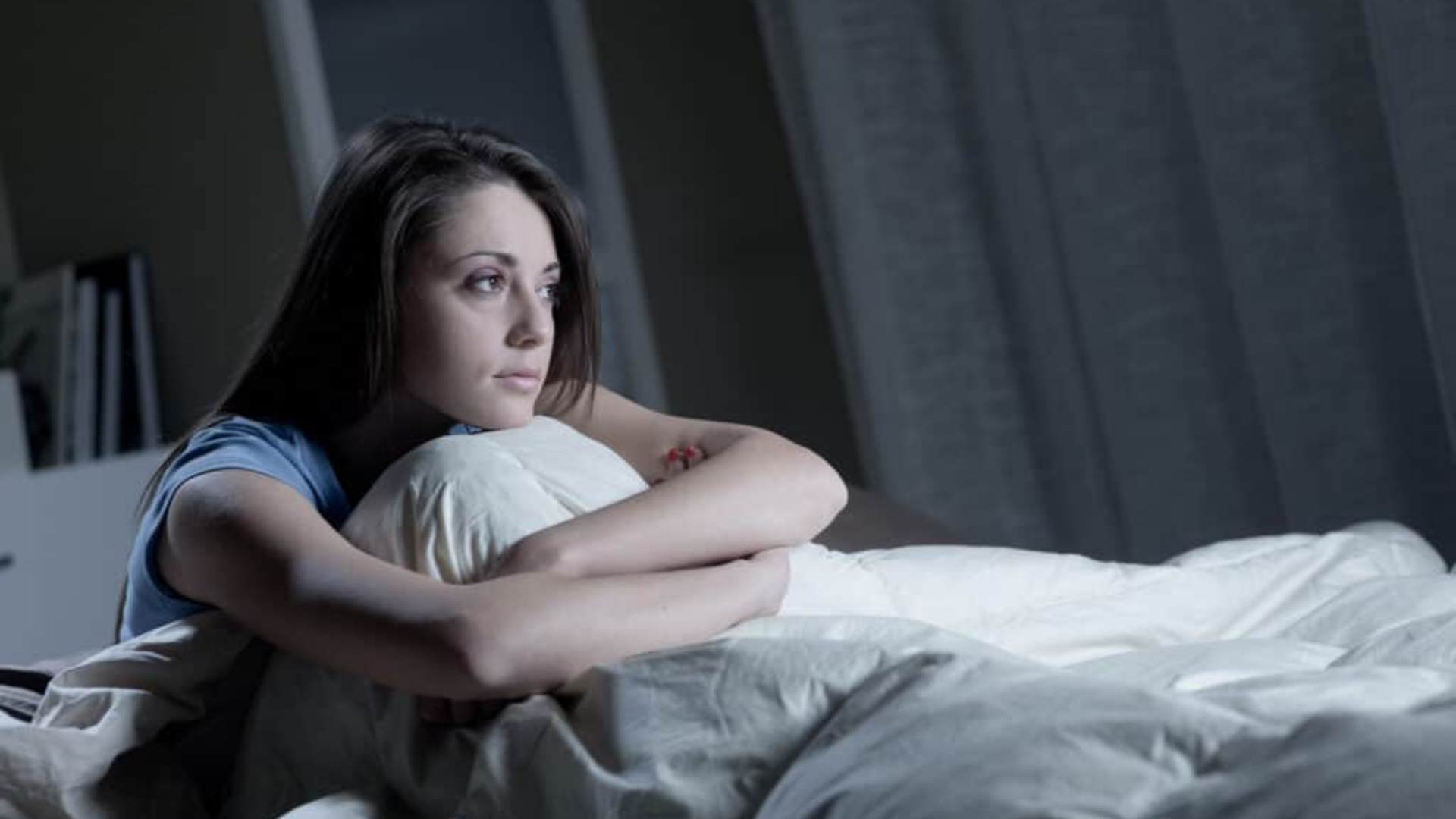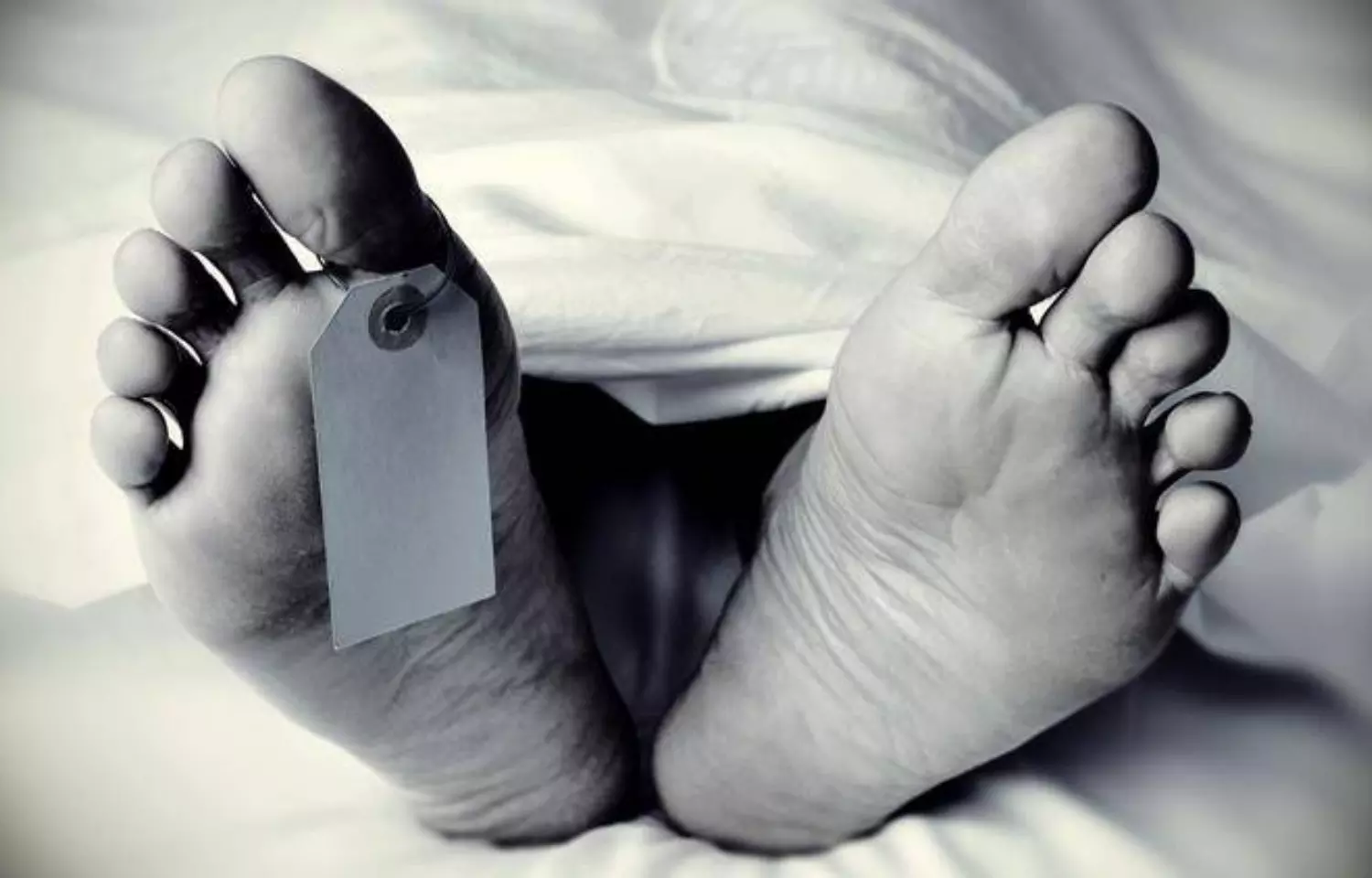Sleep disorders encompass conditions that disrupt normal sleep patterns, posing a significant clinical challenge. They are prevalent and can profoundly impact physical, mental, social, and emotional well-being, leading to compromised health, safety, and quality of life. Studies demonstrate a notable decline in quality of life among individuals with insomnia. Insomnia, sleep-disordered breathing, hypersomnolence disorders, circadian rhythm disturbances, parasomnias, and sleep-related movement disorders are common types. While sleep disorders affect both adults and children, pediatric presentations may differ, with children showing symptoms like motor overactivity or behavioral issues rather than classic sleepiness. This discussion focuses on adult sleep disorders; pediatric sleep issues will be addressed separately.
Sleep Disorders: Clinical Features and Diagnosis
Insomnia
Insomnia, marked by difficulty falling or staying asleep, includes symptoms like taking over 30 minutes to fall asleep or being awake for 30 minutes during the night. Diagnosis requires compromised daytime function, with symptoms such as fatigue, poor attention, or increased accidents. It can be short-term or chronic, often linked to medical or psychosocial stressors.
Insomnia, a widespread complaint, affects nearly a third of adults, with approximately 10% experiencing severe symptoms leading to daytime impairment, more prevalent in women (17.6%) than men (10.1%). Severe insomnia can persist for over five years, impacting over 40% of those affected initially.

Hypersomnia
Hypersomnia patients struggle with excessive daytime sleepiness, impacting cognitive function and daily routines. In idiopathic hypersomnia, there’s a link to depressive symptoms and poor quality of life. Severity is measured by scales like the Epworth sleepiness and fatigue severity scales. Disorders like narcolepsy and idiopathic hypersomnia have specific clinical features, such as prolonged sleep in IH and cataplexy in narcolepsy.Narcolepsy’s general population prevalence is 44.3 per 100,000, showing a 14% rise in recent years. Idiopathic hypersomnia has also increased by 32% to 10.3 per 100,000, with similar rates across genders.
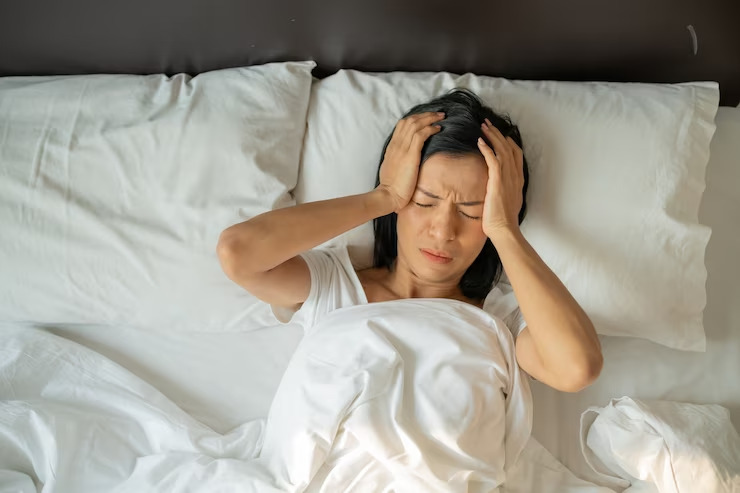
Sleep-Disordered Breathing (SDB)
SDB, often asymptomatic, presents with excessive daytime sleepiness, loud snoring, or observed apnea. Clinical clues are crucial for diagnosis, especially in populations like those with heart failure or stroke.SDB prevalence varies by type, increasing with age. Around 50% of older adults experience sleep issues. Specific SDB types (obstructive, central, upper airway resistance syndrome, sleep-related hypoventilation syndrome, or obesity hypoventilation) have distinct prevalence rates.
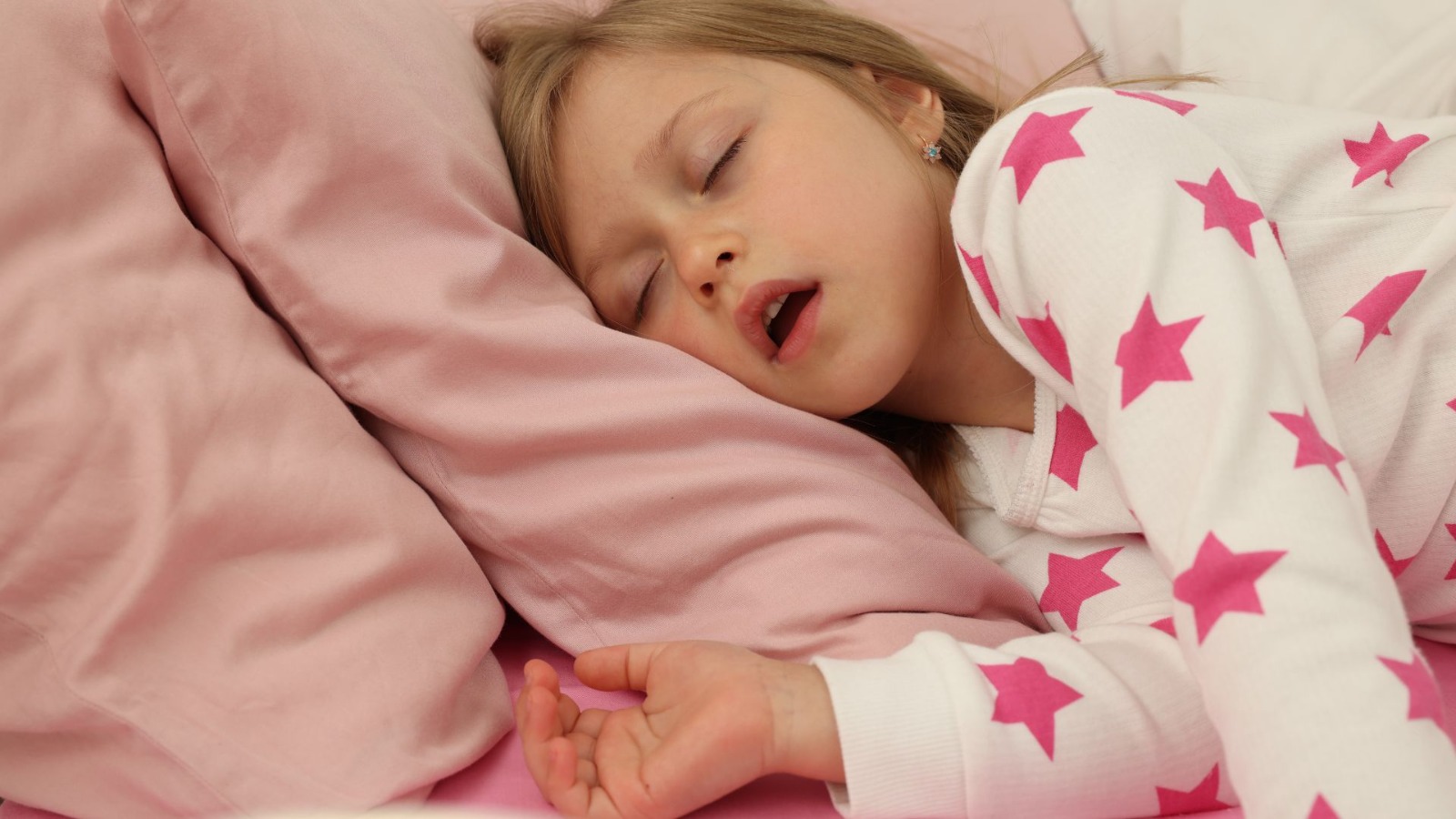
Unusual Sleep-Related Behaviors
Specific behaviors around sleep offer clues to disorders like movement or eating disorders. Symptoms like sleepwalking, sleep talking, or night terrors usually occur in non-REM sleep without memory, while nightmares happen in REM sleep and are often recalled. Disorders like REM sleep behavior disorder (RBD) involve violent dream reactions and can be associated with conditions like Parkinson’s disease. Sleep-eating disorders, such as sleep-related eating disorder (SRED) or night eating syndrome (NES), require detailed history for differentiation.

Parasomnia
Parasomnias, like sleepwalking and nightmares, are prevalent, especially in childhood. Prevalence varies: approximately 3% for NREM-related parasomnias, 43.8% for nightmares, and 8.7 per 100,000 for REM sleep behavior disorder (RBD), with a 3:1 male-to-female ratio.

Sleep-Related Movement Disorders
Restless leg syndrome and periodic limb movement disorder are common in the elderly. Primary insomnia is more prevalent in women over 50. Periodic leg movements disorder (PLMD) affects around 40 per 100,000, with a 30% increase in the last decade.
Gender disparities exist, with higher insomnia rates in women (ratio 1.4:1) and RLS twice as common in women than men. SDB is more prevalent in men than premenopausal women (ratio 2:1). In the Wisconsin Sleep Cohort Study, SDB prevalence rose in both sexes over time.
Ethnicity also influences prevalence. Hispanics and Chinese individuals in the MESA study had higher odds of SDB and short sleep, while Black individuals had 1.8 times higher odds of sleep apnea syndrome compared to White individuals. These differences may relate to factors like obesity, aging, and improved diagnostics.

Medications and Substance Use
Substances like antipsychotics, sedatives, or Z drugs can exacerbate sleep disorder symptoms. Z drugs, like zolpidem, now carry FDA black box warnings due to increased risk of complex sleep behaviors.
Symptoms are worsened by sleep deprivation, stress, trauma, and substance abuse, emphasizing the importance of clinical history in diagnosis and management.
Treatment Options for Sleep Disorders
Insomnia
Treatment for insomnia includes non-pharmacological and pharmacological approaches. Cognitive-behavioral therapy for insomnia (CBT-I) is the preferred psychological treatment, shown to improve sleep parameters significantly. Non-drug interventions like sleep restriction therapy, stimulus control therapy, relaxation techniques, and sleep hygiene education are effective, especially in patients who may not tolerate medications well.
Sleep-Disordered Breathing (SDB)
Treatment for SDB primarily involves positive airway pressure therapy (PAP), lifestyle changes, and oral appliances or surgery in certain cases. Drug options like solriamfetol, stimulants, and norepinephrine reuptake inhibitors can help manage daytime symptoms in selected patients with persistent hypersomnia despite PAP therapy.
Complications
Untreated sleep disorders can lead to:
– Increased risk of accidents
– Development of mood and anxiety disorders
– False memory and cognitive decline from sleep deprivation
– Higher risk of cerebrovascular accidents in periodic limb movement sleep disorder
– Various cardiovascular disorders in untreated OSA, especially if severe
Effective treatment and management of sleep disorders are crucial to prevent these complications and improve overall quality of life.



